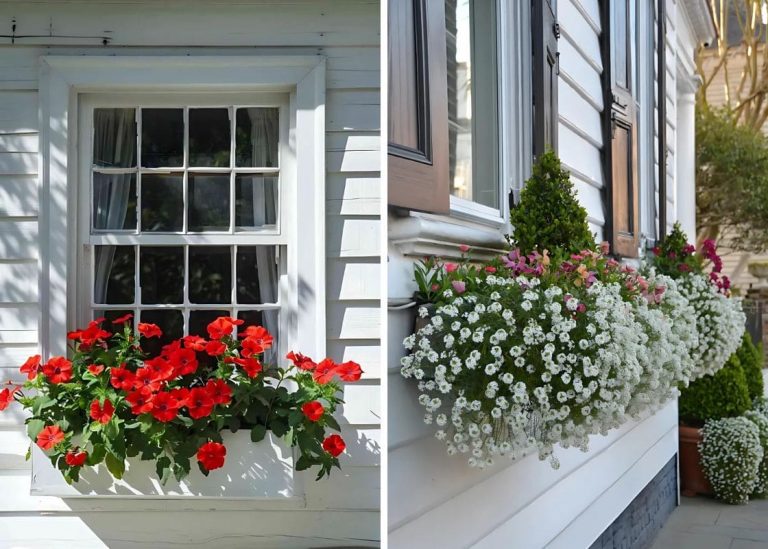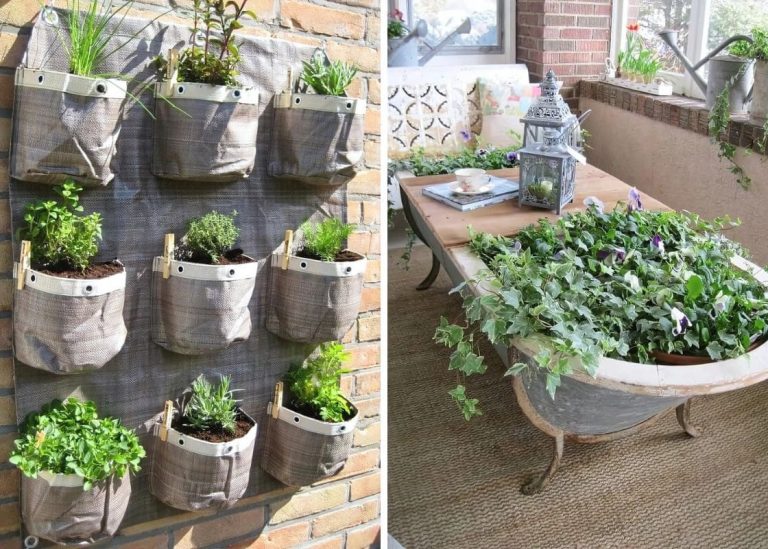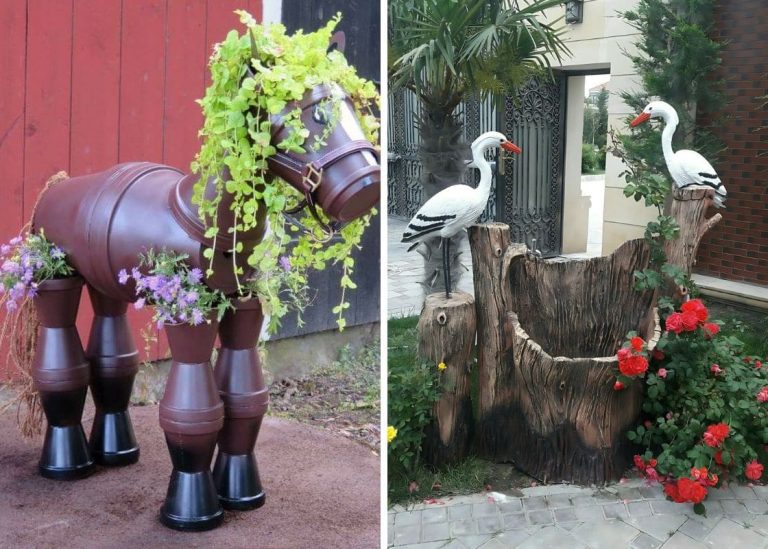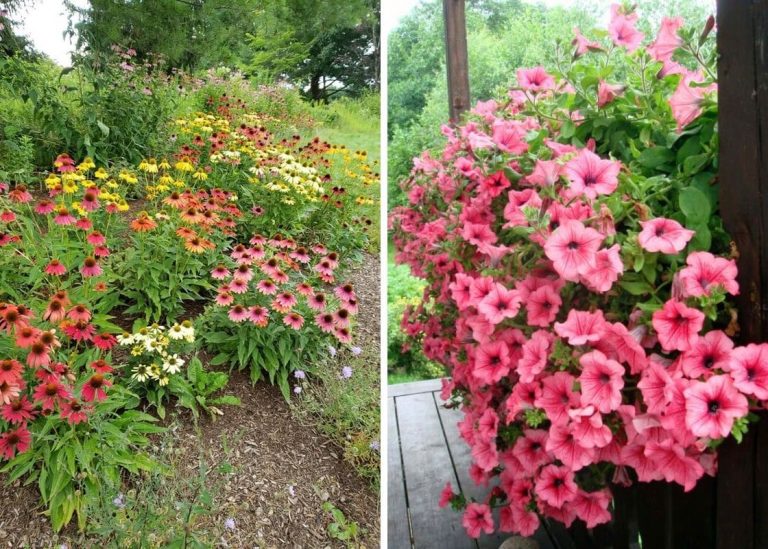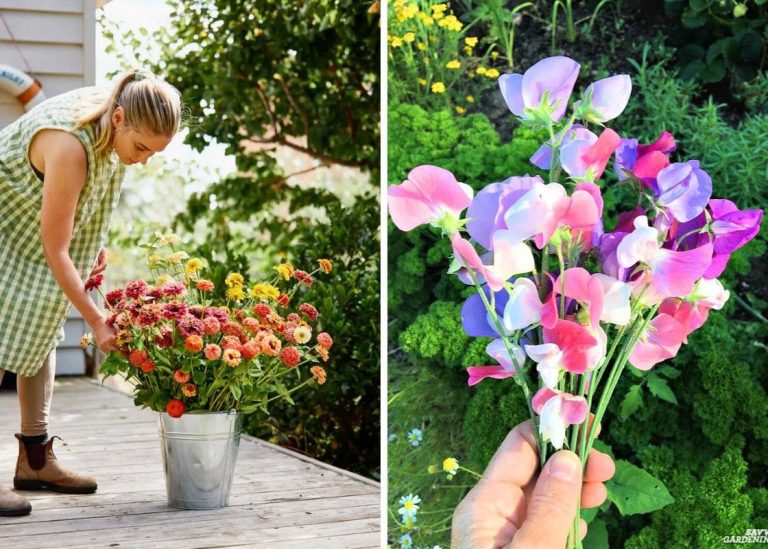15 Flowers That Naturally Keep Insects Away From Your Garden
One evening after a long day of digging and pruning, I sat by the edge of my garden, sipping iced tea and watching the shadows stretch across the beds. The air was thick with the scent of earth and blossoms, but what caught my attention wasn’t the flowers — it was the absence of bugs buzzing around my chairs and tomatoes. It felt almost… peaceful, like the garden was protecting itself.
I wandered between the rows, trailing my fingertips along velvety petals and sturdy stems. Around the marigolds, no mosquitoes danced. Near the lavender, not a single fly dared to linger. It wasn’t a trick of the light or wishful thinking; it was the quiet power of the right flowers doing their work without fanfare.
That night, with dirt still beneath my nails and a smile tucked into the corner of my mouth, I decided I wanted more of that magic. More blooms, fewer bugs. More moments where the only thing I had to swat away was my own disbelief at how well nature could defend itself.
If you’ve ever wished for a garden that thrives without endless sprays and treatments, you’ll find some of my favorite floral allies waiting for you just below.
#1. Marigolds
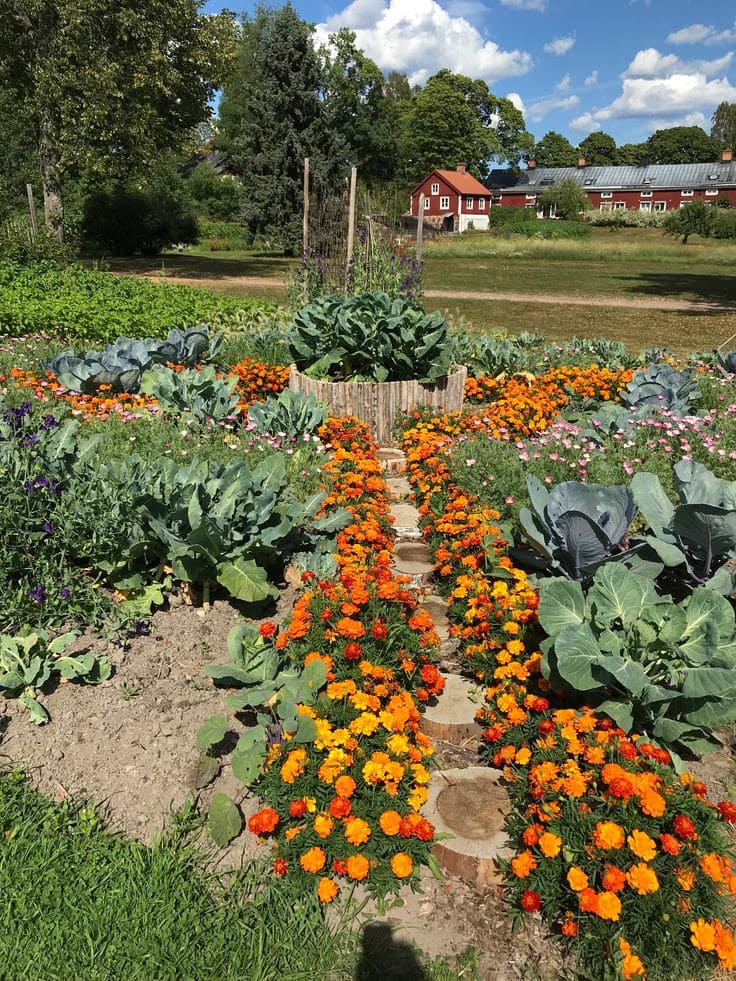
The first time I tucked a few marigold plants around my tomato patch, I didn’t think much of it — maybe just a pop of orange to cheer up the beds. Within a few weeks, it felt like an invisible shield had formed. Mosquitoes stayed away from my evening walks, and the tender leaves of my veggies stayed untouched by aphids.
Marigolds aren’t just bright and cheerful; they hold a hidden strength in every crinkled petal. Their natural pyrethrin compounds are a silent alarm to pests. If you weave them between vegetables, especially tomatoes, peppers, and squash, you’ll be giving your garden a bodyguard dressed in gold.
#2. Lavender
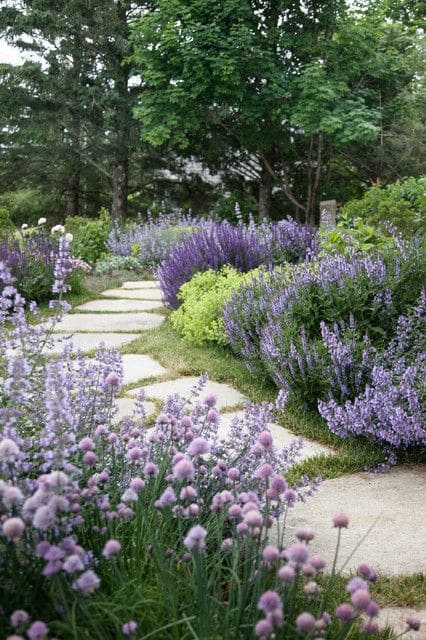
Walking past the lavender border in full bloom feels like stepping into a dream — soft purples against the sun, a fragrance that floats like music. I once placed a few pots near the garden chairs, and not only did it scent every breeze, but it also kept flies and mosquitoes from crashing our summer evenings.
Lavender isn’t just for bouquets and sachets; its oils are a natural force against pests. Tuck it near doorways, windows, or patios where people gather. Even better, dry a few sprigs and keep them inside little cloth bags — your future self will thank you on muggy nights.
#3. Chrysanthemums
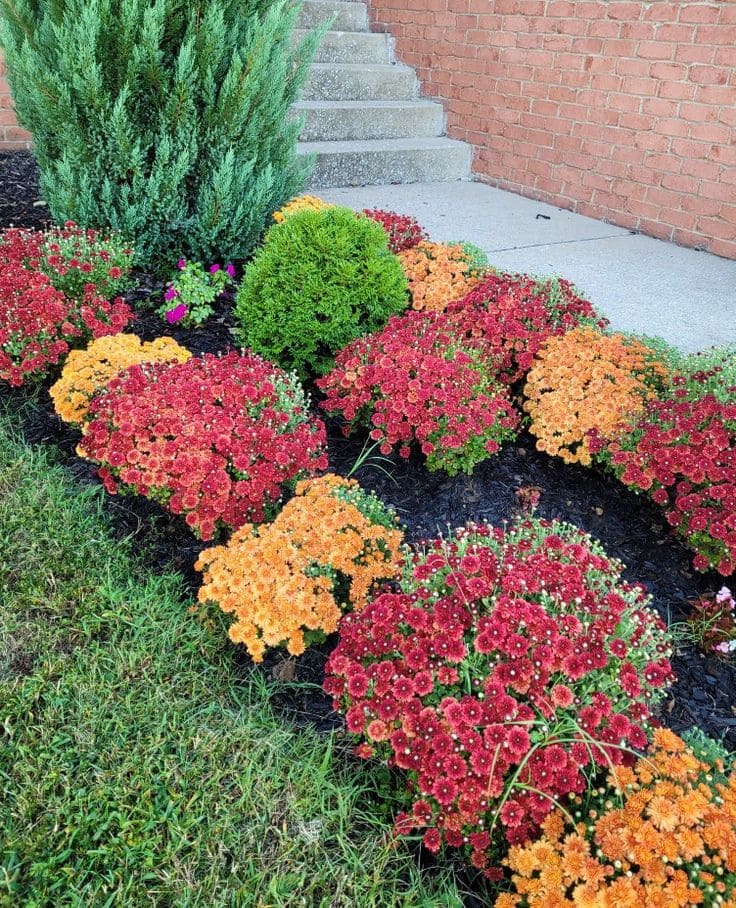
I’ll never forget the day I spotted a thick line of chrysanthemums around an old farmhouse garden. It looked like a living wall of color — but it was more than beauty. The owner, a retired botanist, laughed and told me they were her “natural pest patrol.”
Packed with pyrethrum, chrysanthemums repel ants, roaches, ticks, and even fleas. Planting a thick border along paths or vegetable rows turns these sunny blooms into a first defense. Plus, when the winds stir and the petals dance, the whole garden feels livelier and safer all at once.
#4. Nasturtiums
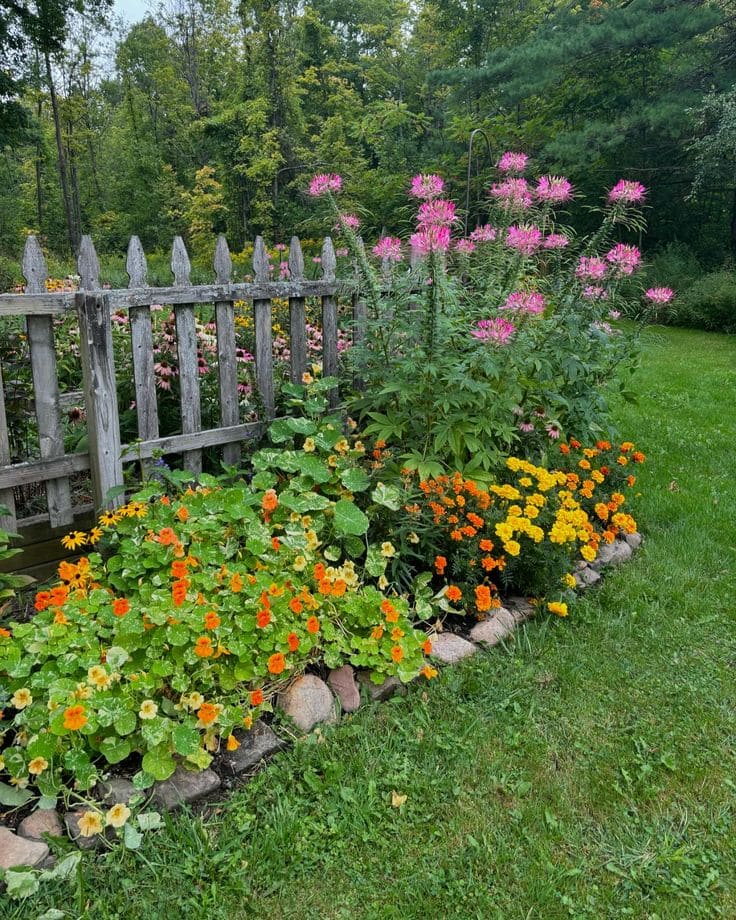
One spring, I scattered a handful of nasturtium seeds among the cabbages without thinking too hard about it. By midsummer, bright orange and yellow blooms spilled over the rows like living confetti — and, surprisingly, the usual army of aphids had all but disappeared.
Nasturtiums don’t just brighten your garden with their playful colors; they act like bodyguards for your vegetables. Their peppery-sweet scent floats through the air, confusing and repelling pests before they even find your crops. If you’re growing tomatoes, cucumbers, or squash, trust me — you’ll want nasturtiums nearby, working their quiet magic.
#5. Petunias
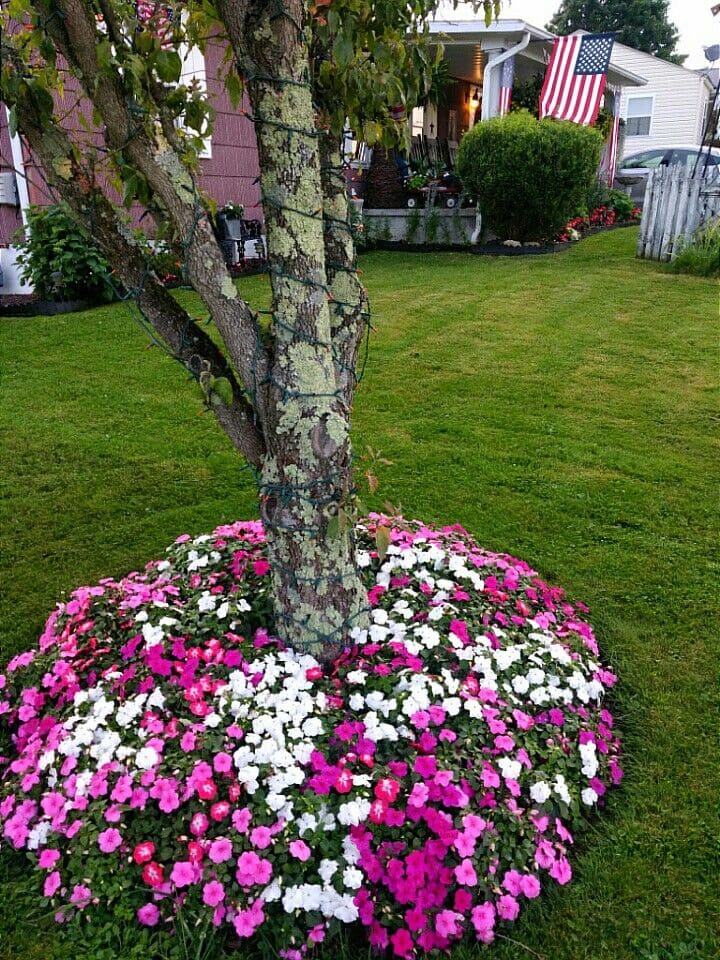
There’s a soft kind of joy that comes with watching petunias trail from hanging baskets, swaying in the breeze like delicate dancers. One summer, I lined the fence with deep purple and pink varieties, and noticed how the tomato hornworms and aphids seemed to keep their distance, as if some invisible boundary had been drawn.
Petunias are more than just a feast for the eyes — they’re natural pest fighters with sticky leaves that trap troublemakers before they can do real damage. Plant them in pots, borders, or baskets near your most vulnerable plants, and you’ll find your garden not just prettier, but healthier too.
#6. Calendula

A few years ago, a neighbor with the softest, kindest voice handed me a little pot of calendula seedlings. “Good for the skin, good for the garden,” she said, pressing it into my hands like a blessing. I tucked them into the flower beds, and soon, glowing orange blooms lit up the space — while thrips, mosquitoes, and whiteflies stayed away.
Calendula, sometimes called pot marigold, offers its sticky resin like a natural trap for small pests. Beyond its role as a protector, its petals can be harvested for healing salves and teas. Plant them along borders where you can admire their sunny faces and savor their many gifts.
#7. Sunflowers
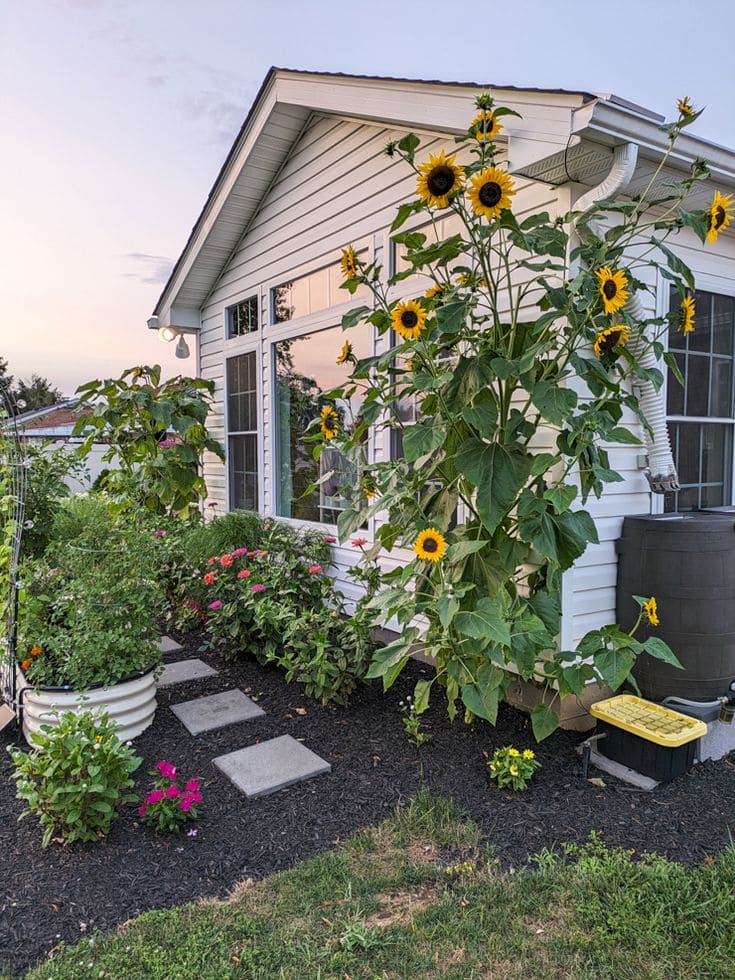
Watching a patch of sunflowers tilt their golden faces toward the sky always feels like catching a glimpse of pure happiness. I planted a few along the back fence one year, and to my surprise, the aphids chose them over my tender beans and peppers.
Sunflowers act as gentle decoys, luring pests away while inviting in bees and ladybugs. Their towering stalks become tiny ecosystems of life, offering both protection and a burst of sunshine right where your garden needs it most.
#8. Mint
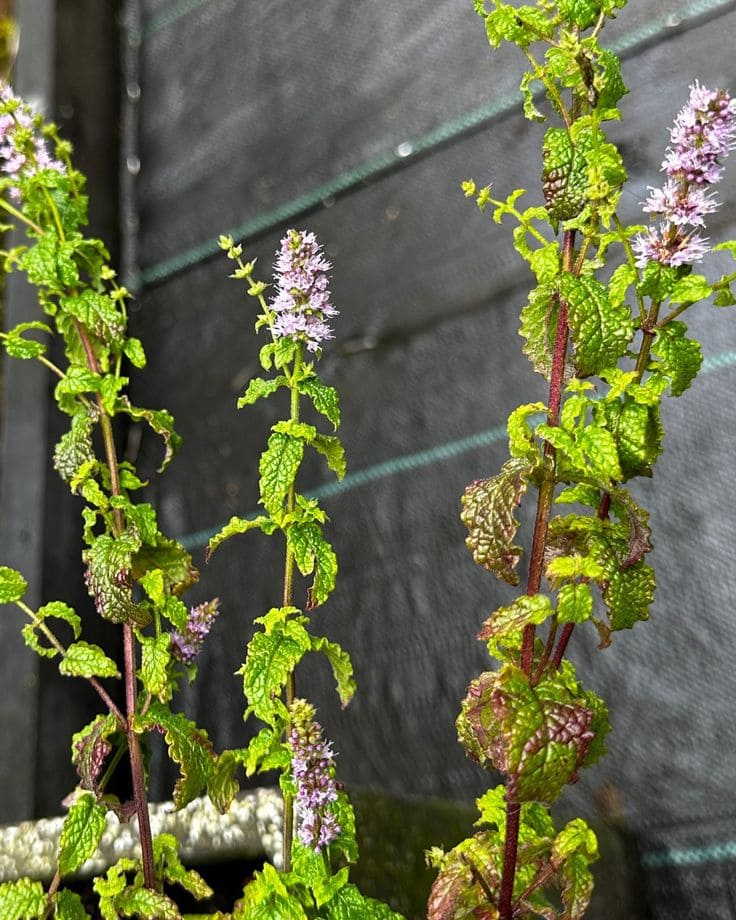
One evening, sitting by a patio overrun with mint, I realized something — there wasn’t a mosquito in sight. The fresh, sharp scent floated in every corner, turning the air itself into a natural shield.
Mint thrives in containers, where it won’t overtake your beds. Place a few pots near doorways, benches, or garden tables, and let its crisp fragrance do the heavy lifting for your summer nights.
#9. Geraniums
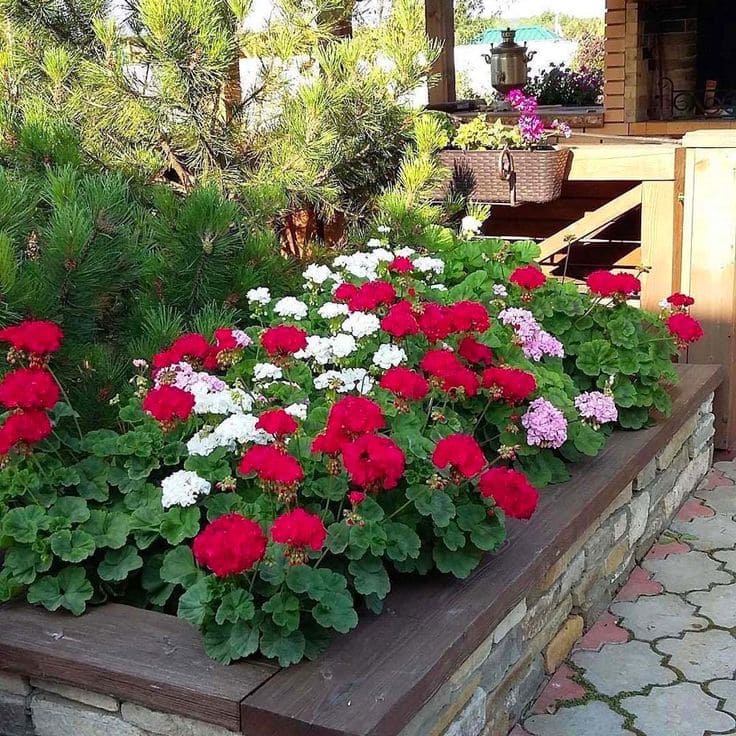
A friend once gifted me a pot of lemon-scented geraniums with a grin, saying, “You’ll thank me when the bugs try to crash your dinner.” She was right. That little pot guarded my patio better than any candle or spray ever could.
Scented geraniums, especially citronella types, make brilliant companions for outdoor living areas. Their citrusy aroma confuses mosquitoes, while their blooms add a cheerful, homey touch to porches and sunny windows.
#10. Alliums
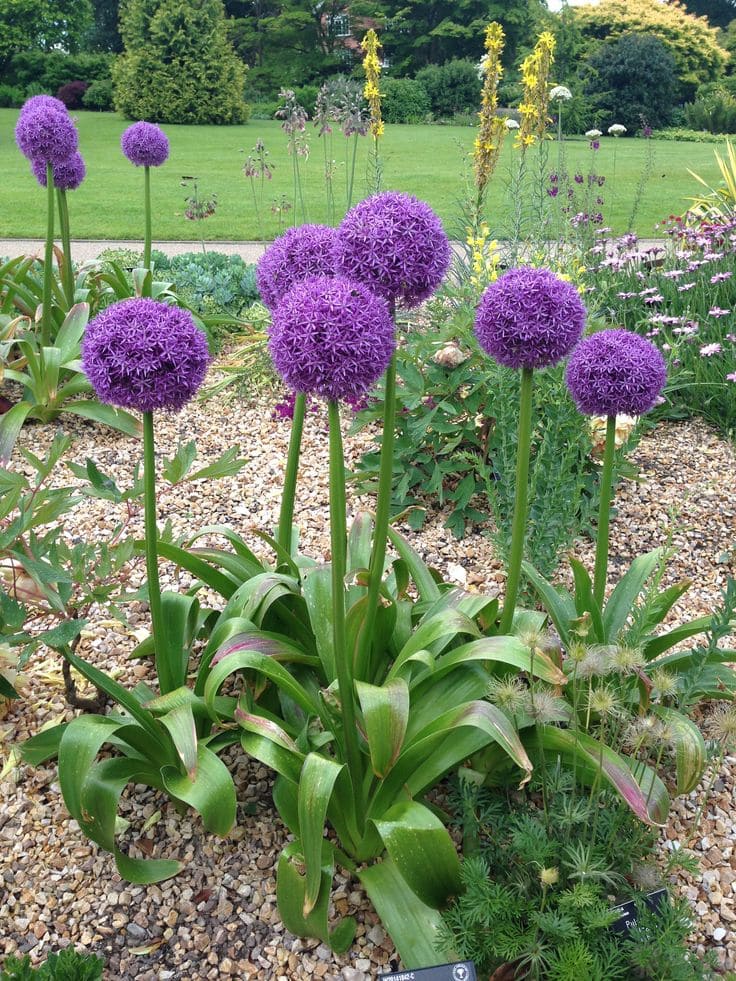
Wandering through a friend’s vegetable garden, I once stumbled upon tall orbs of purple and white floating above the cabbages like little fireworks. It wasn’t just for show — she told me those alliums kept her broccoli free from hungry worms and greedy aphids.
Their bold scent turns away cabbage worms, slugs, and other pests. Planting alliums between brassicas or among roses not only protects delicate crops but also fills the garden with unexpected bursts of sculptural beauty.
#11. Zinnias
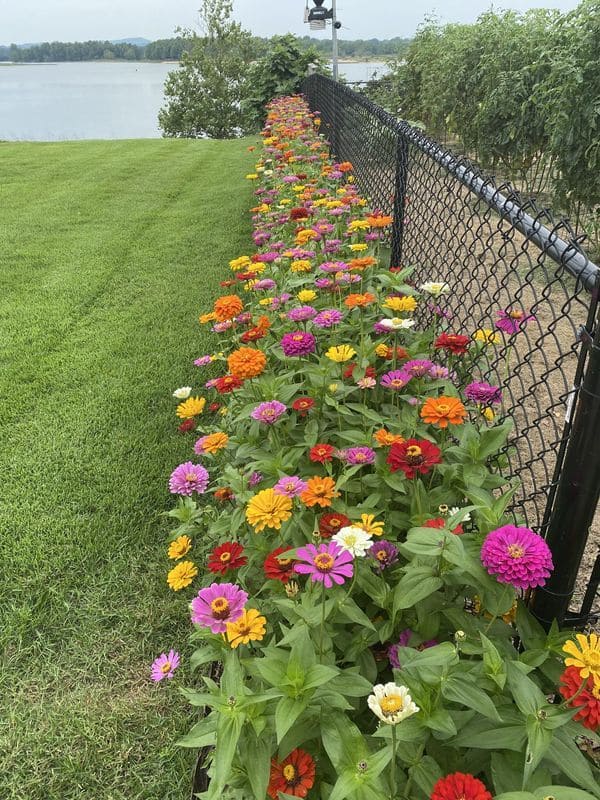
One season, I filled an empty bed with zinnias just to bring color to a drab corner. What I didn’t expect was the parade of ladybugs and hoverflies that moved in, keeping aphids and whiteflies in check without me lifting a finger.
Zinnias lure helpful predators right into the heart of the garden. They’re easy to grow, quick to bloom, and will reward you not just with endless color but with the invisible work of natural pest control.
#12. Lantana
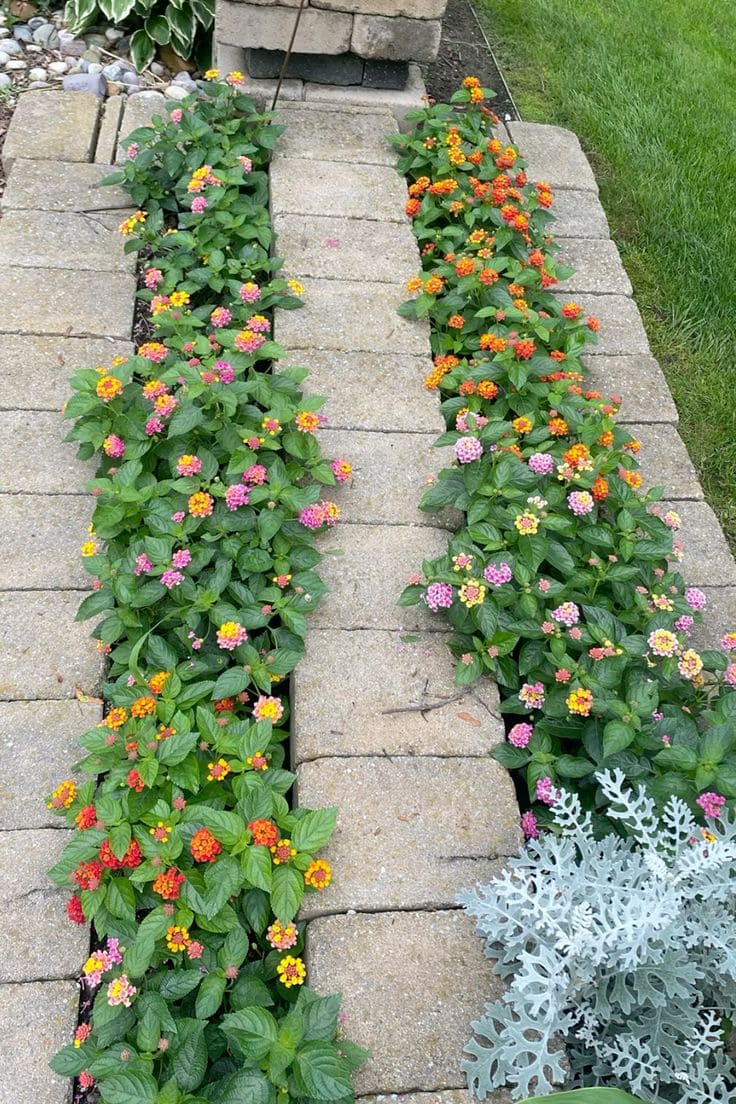
On a blazing hot afternoon, I spotted a lantana bush humming with bees but almost completely free of mosquitoes. The vivid clusters of coral, pink, and gold flowers looked like tiny fireworks frozen in mid-burst.
Lantana’s leaves contain compounds that mosquitoes can’t stand. Tuck these hardy blooms into sunny, dry spots and watch how they transform the air around them — colorful, carefree, and mercifully bug-light.
#13. Dill
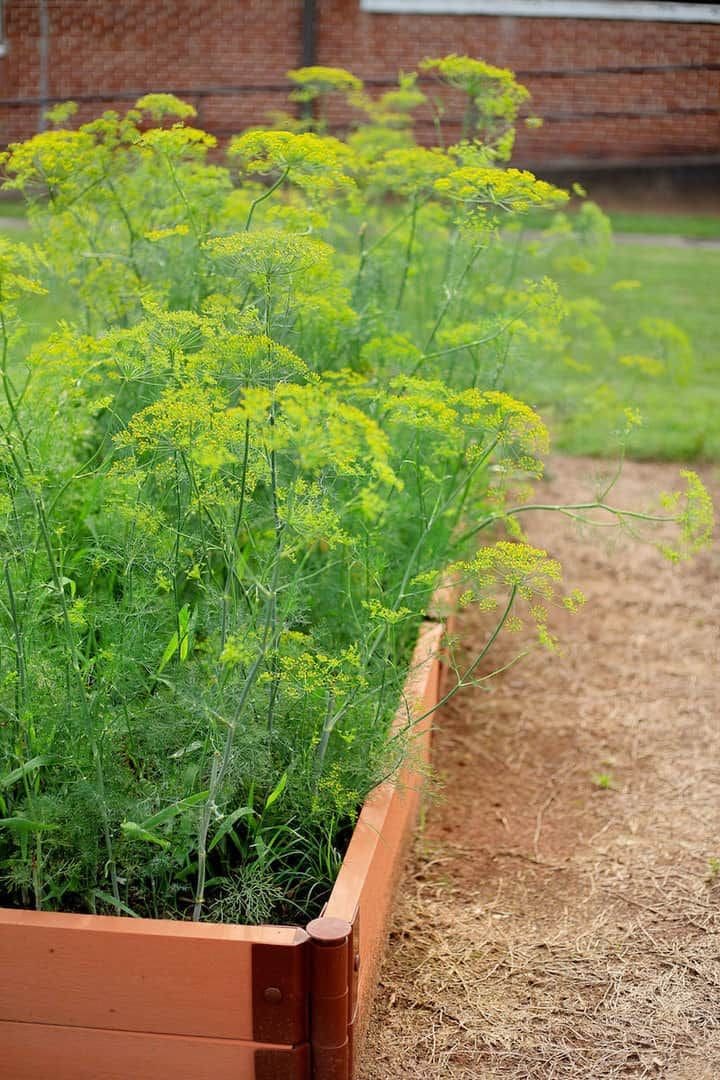
One summer, I let a few dill plants bolt by accident, their feathery heads stretching high and blooming with tiny yellow umbrellas. I thought I had made a mistake — until I noticed swarms of tiny wasps and beneficial bugs setting up camp.
Dill invites predatory insects that feast on caterpillars and aphids. Tuck it near tomatoes and peppers, and you’ll find yourself growing a garden that’s not only beautiful but buzzing with natural defenders.
#14. Rosemary
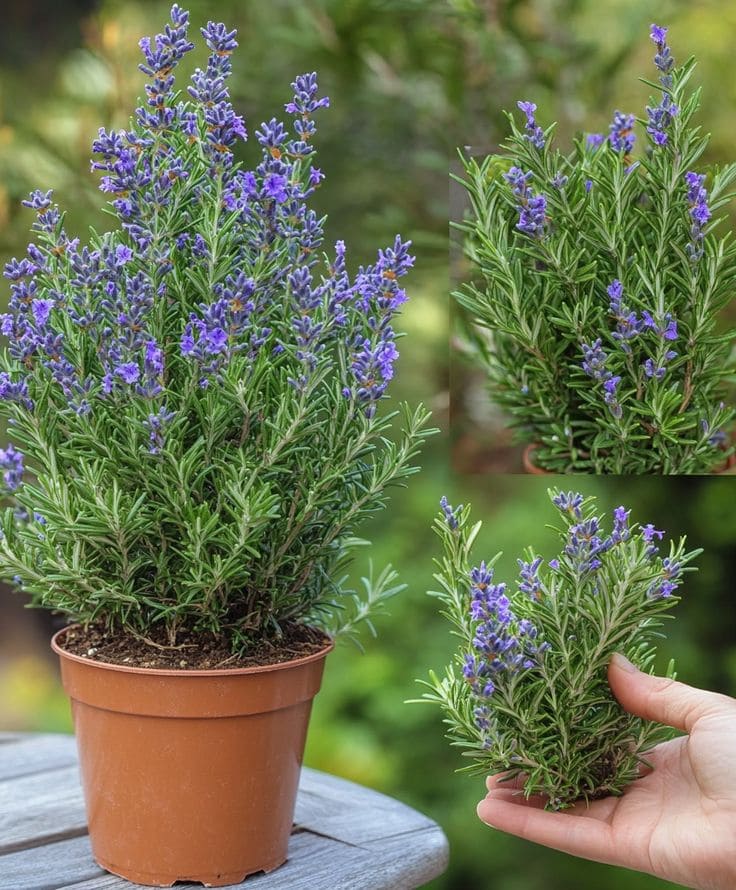
The sharp, woodsy scent of rosemary always reminds me of hands brushing through sun-warmed herbs. In one corner of my garden, rosemary bushes stood firm while cabbage moths and carrot flies skipped right past.
Strong and aromatic, rosemary’s oils naturally repel a list of troublesome pests. Grow it in full sun, snip a few sprigs for cooking, and enjoy the way it fortifies both your meals and your garden’s defenses.
#15. Catnip
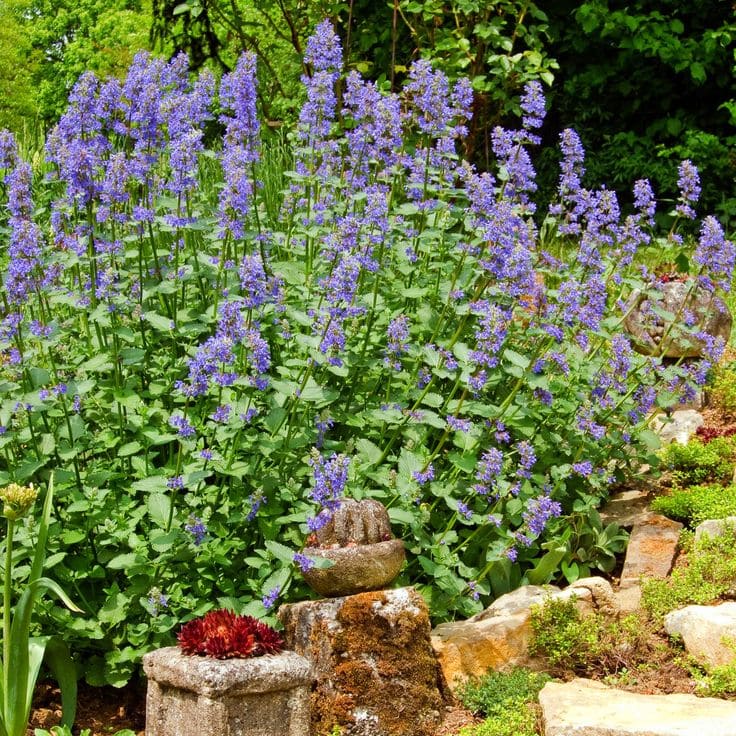
Last fall, a neighbor’s cat led me straight to a blooming patch of catnip tucked along a sunny path. What struck me most wasn’t the cat rolling happily — it was the clear, mosquito-free air all around those small purple flowers.
Catnip releases nepetalactone, a compound that’s incredibly effective against mosquitoes. Let a few plants sprawl at the edges of your beds, and you’ll find pollinators visiting while the bloodsuckers stay far, far away.
Final Thoughts
Walking through a garden alive with color, scent, and soft buzzing feels like stepping into a small, living miracle. These flowers, with all their hidden strengths, offer more than beauty — they weave a quiet protection around every leaf and stem you care for.
Every bloom you plant becomes part of a bigger story: a garden that cares for itself, invites butterflies and bees, and sends pests packing without a single chemical bottle in sight. It’s a gentle kind of magic — the kind you grow with your own two hands.
Start by welcoming a few of these blooms into your beds. Watch how the air changes, how the soil feels richer, how your evenings grow quieter and sweeter. Your garden will thank you — and so will you, every single time you step outside.


